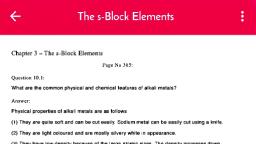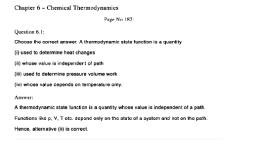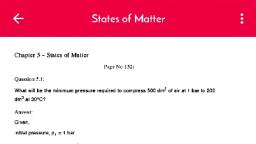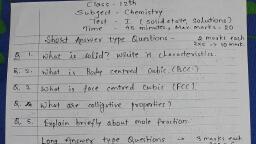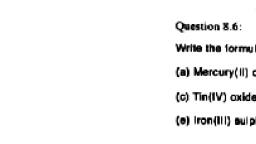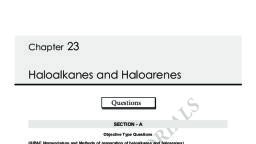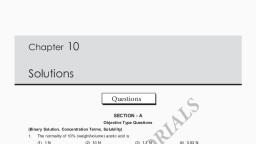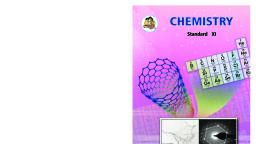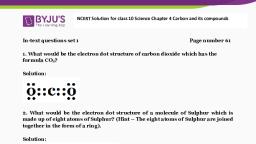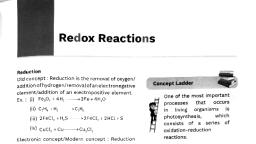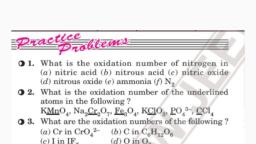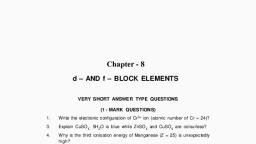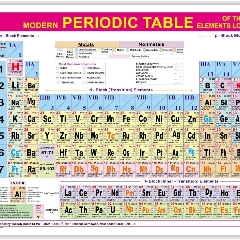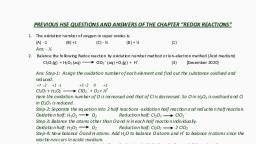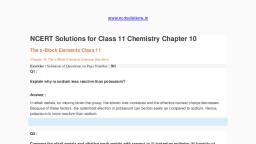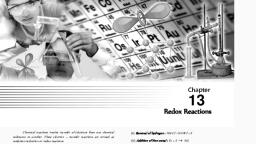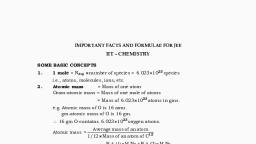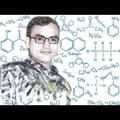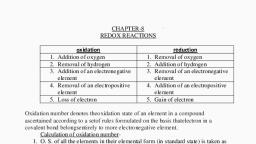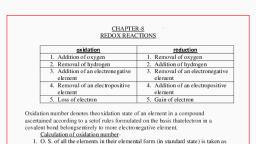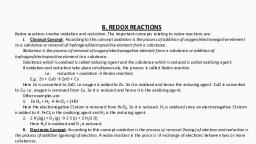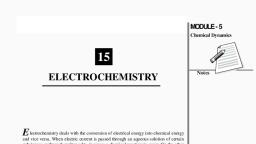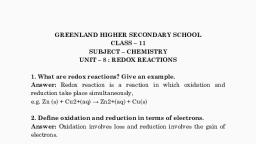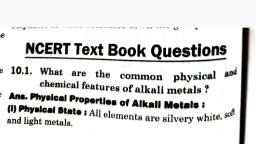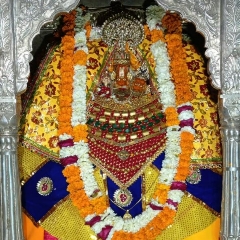Page 1 :
Chapter | - Redox Reactions, Page No 272:, Question 8.1:, , Assign oxidation numbers to the underlined elements in each of the following species:, (a) NaHzPO, (b) NaHSO, (c) H4,P207 (d) K2MnO,, , (e) CaQz (f) NaBH, (g) H2S207 (h) KAI(SO4)2.12 H2O, , Answer:, , (a) NaH, PO,, , Let the oxidation number of P be x., We know that,, , Oxidation number of Na = +1, Oxidation number of H = +1, , Oxidation number of O = -2, , ats, = NaH: PO,, Then, we have, 1(+1)+2(+1)+1(x)+4(-2)=0, = 1+2+x-8=0, , =x=+5, Hence, the oxidation number of P is +5., , (b) NaHSO,, , NaHS0., Then, we have, 1(+1)+1(+1)+1(x)+4(-2)=0, , =>I+l+x-8=0, >x=+6, , Hence, the oxidation number of S is + 6., , (c) H,P,0,, H,P,0;, , Then, we have
Page 2 :
4(+1)+2(x)+7(-2)=0, => 4+2x-14=0, => 2x=+10, , =>x=+5, Hence, the oxidation number of P is + 5., , (d) K,MnO,, , K, MnO., Then, we have, 2(+1)+x+4(-2)=0, , =>2+x-8=0, =>x=+6, , Hence, the oxidation number of Mn is + 6., , (e) CaO;, , Ca:, , Then, we have, (+2)+2(x)=0, => 2+2x=0, , =>x=-1, , Hence, the oxidation number of O is — 1., () NaBH,, , oho -t, , NaBH,s, , Then, we have, , I(+1)+1(x)+4(-1)=0, , =>l+x-4=0, >x=43, , Hence, the oxidation number of B is + 3., , (g) H,S,0,, , ols -2, , H,S, 0;, , Then, we have, 2(+1)+2(x)+7(-2)=0, => 2+2x-14=0, , => 2x=12, , >xr=+6
Page 3 :
Hence, the oxidation number of S is + 6., , (ry KAN(S0, ), 12,0, , +130 (22 “22, Ail 0. .12H,O, Then, we have, , 1(+1)+1(+3)+2(x)+8(-2)+ 24(+1)+12(-2)=0, => 14+3+2x-16+24-24=0, , => 2x=12, =>x=+6, Or,, , We can ignore the water molecule as it is a neutral molecule. Then, the sum of the, oxidation numbers of all atoms of the water molecule may be taken as zero. Therefore,, after ignoring the water molecule, we have, , 1(+1)+1(+3)+2(x)+8(-2)=0, => 1+3+2x-16=0, => 2x=12, , =>x=+6, , Hence, the oxidation number of S is + 6., , Question 8.2:, , What are the oxidation numbers of the underlined elements in each of the following and, how do you rationalise your results?, , (a) Klg (b) HpS4Og (c) FegO, (d) GH3CH2OH (e) CHzCOOH, , Answer:, (a) Kly, In Klg, the oxidation number (O.N.) of K is +1. Hence, the average oxidation number of |, , is 3. However, O.N. cannot be fractional. Therefore, we will have to consider the, structure of Kigto find the oxidation states., , In a Kigmolecule, an atom of iodine forms a coordinate covalent bond with an iodine, , molecule., , +l fo oo K* [- le i], Hence, in a Kigmolecule, the O.N. of the two | atoms forming the Ipmolecule is 0, whereas, , the O.N. of the | atom forming the coordinate bond is 4€*1.
Page 4 :
(b) HpS40¢, H:S0, 0., , Now, 2(+1) + 4(x) + 6(-2)=0, =>2+4x-12=0, => 4x=10, , |, Dx=+2, , However, O.N. cannot be fractional. Hence, S must be present in different oxidation states, in the molecule., , ° °, Ins eg ths, H—o—s*S—S—s "0-H, I I, oO oO, , The O.N. of two of the four S atoms is +5 and the O.N. of the other two S atoms is 0., (e) Fs, , 2, +2=, On taking the O.N. of O as 4€"2, the O.N. of Feis found tobe 3. However, O.N. cannot, , be fractional., , Here, one of the three Fe atoms exhibits the O.N. of +2 and the other two Fe atoms exhibit, the O.N. of +3., , Fe0,Fe,0,, (a) CH,CH.OH, , 2 (x) + 6 (+41) + 1 (-2)=0, , or, 2x+4=0, , or, x= -2, , Hence, the O.N. of C is 4€"2., , (e) CH,COOH, , 2 (x) + 4 (41) + 2(-2)=0, or, 2x=0, or, x=0, , However, 0 is average O.N. of C. The two carbon atoms present in this molecule are, Present in different environments. Hence, they cannot have the same oxidation number., , Thus, C exhibits the oxidation states of +2 and &€"2 in CH3COOH.
